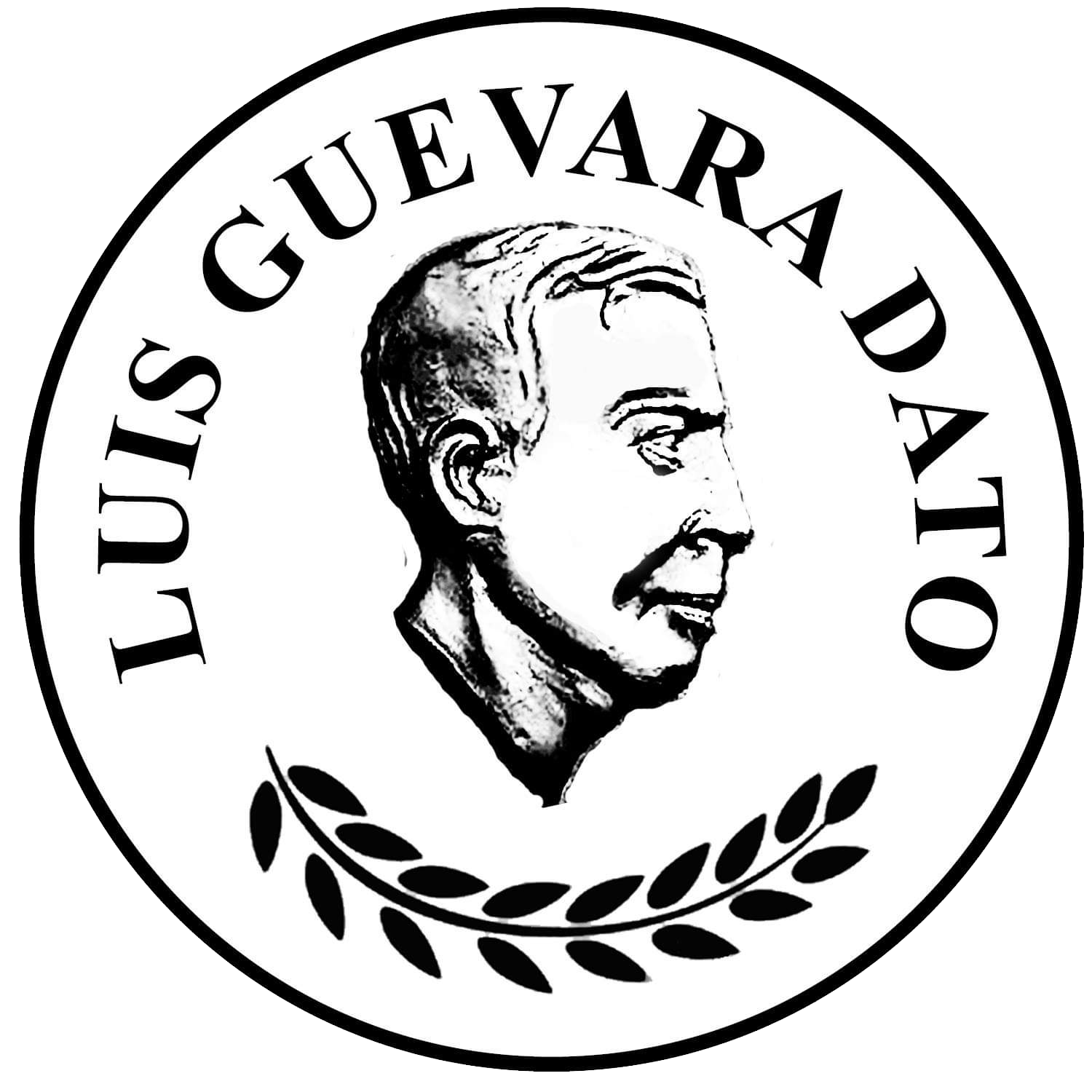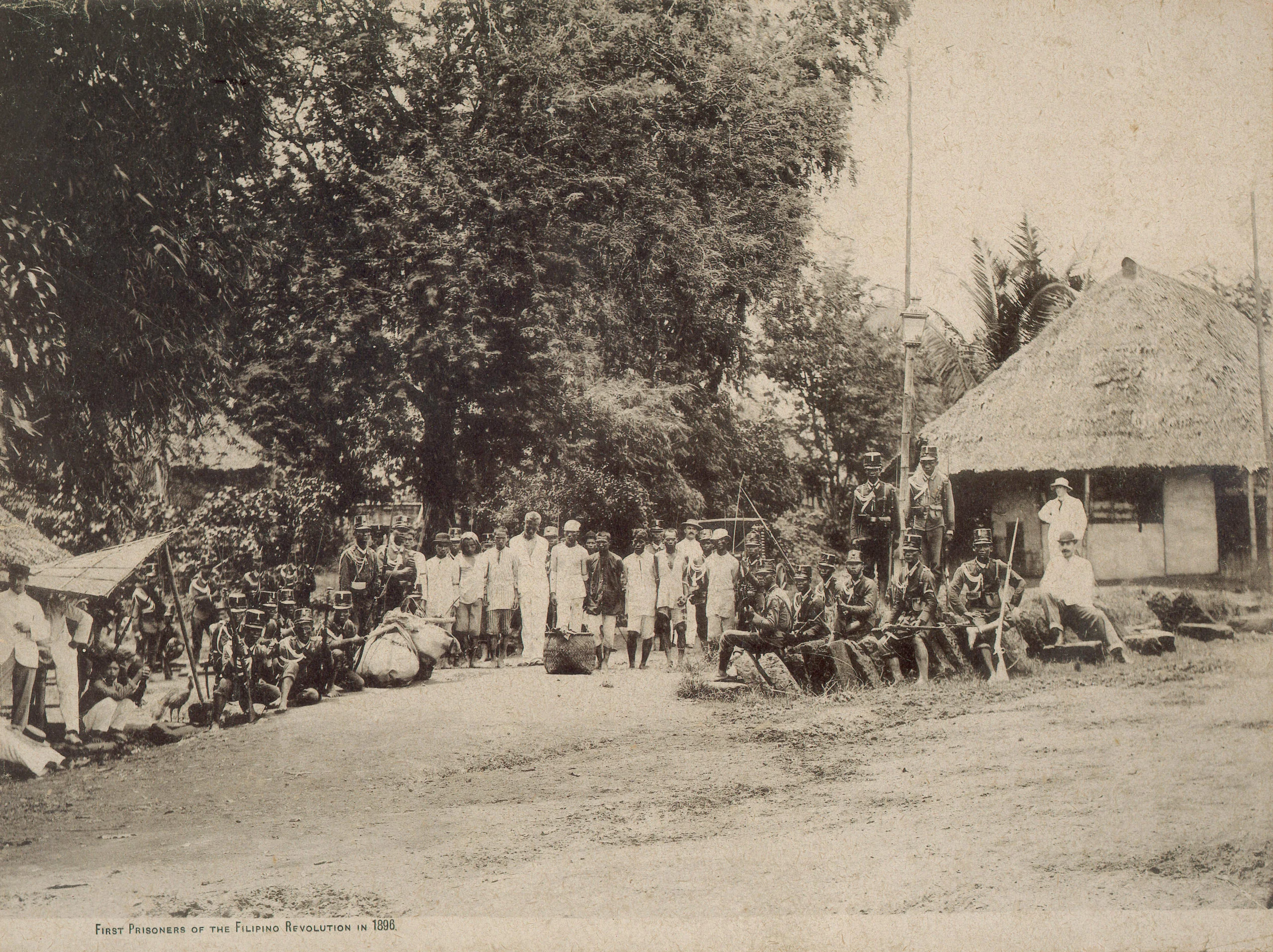Another news archive from The Tribune in 1936 about Dr. Jose P. Rizal. The source of the article is from the National Library of Australia’s Newspaper Digitisation Program.
Tribune (Philippines : 1932 – 1945), Friday 19 June 1936, page 3
Sidelights About Rizal
Collected by D. A. SANTOS
- Rizal was born before midnight of a Wednesday, June 19, 1861, in Calamba, Laguna, and baptized June 22nd of the same year.
- Some of his ancestors were Cinchew (Amoy) Chinese of Fookien province. Christian Japanese exiles, Spanish “Caballeros” of Valencia, Ilocanos and Pangasinanes and Visayan rajahs of Manila who had Indians, Arabian and Greek blood. Some ancestral names on his father’s side: Alejandra; Mercado, Monica, Siongco, Gonia, Beatriz, Lamco, Rafaela, Vargas, Dela Rosa and Cinco. On Mother’s side: Quintos, Alonzo, Florentino, Oehoa, Tolentino, Sitnio, Ursua, and Alexo.
- Father who was from Binan, Laguna, took the name of “Rizal” under order of Governor-General ; Claveria in the “deutoronomy” of the Filipinos.
- He boarded in the house of Dr. Burgos, a nephew of Dr. Jose Burgos, the Filipino martyr, when Rizal was studying medicine in the University of Sto. Tomas.
- Construction of Ft. Santiago was started in 1570 and built with timber; said to be the fort of Rajah Lacandola. Was named after Gov. Santiago de Vera. In 1574 while the fort was undergoing one of its renovations, the battle with Limahong was fought within its .enclosures.
- Rizal, when he graduated from the University of Madrid with the degree of bachelor of philosophy and letters, had for his thesis the error in the translation of the Angels’ song over Bethlehem on the Nativity. He said that in the translation of the church, the message is given as “Glory to God in the highest, and on earth peace to all men of good will.” According to the original Hebrew, he said, the message should run, “Glory to God in the highest, on earth, peace, and to all men, good will.”
- Rizal’s youthful companions during his first visit to Paris were Dr. Baldomero Roxas, Gregorio Aguilera, Lauro Dimayuga, Valentin Ventura, and Andres and Juan Luna. They were also organizers and members of an association called “Indios Bravos” to uphold the dignity of the Filipinos who were referred to as “Indios.”
- He made the finishing touches to his “Noli” in Berlin in March, 1887, which he began and actually completed while still in Madrid. Was printed in the German capital, however.
- Part of the money paid for the printing of this novel were savings from his pension and that of his room-mate, Dr. Maximo Viola, who both fasted considerably and became vegetarians.
- He was a leading student in ophthalmology of Dr. L. de Weckert, foremost authority among the oculists of France. His first operation in the Philippines was on his mother’s eyes which he saved from blindness.
- He often visited while in Berlin, Catholic and Protestant churches and Jewish synagogues just to hear their sermons and preachings that he might compare them.
- In 1888 he returned to Berlin where he continued to work on his “El Filibusterismo” which he began at Spain and Paris.
- Among those to whom he sent complimentary copies of his “Noli” after it was printed in Berlin, were the Spanish Archbishop in Manila, Fray Miguel de Nozaleda and General Blanco, Captain-General of the Philippines.
- Reputed to be the one mainly responsible to have introduced he pine trees or Christmas tree in the Philippines which is a European custom he first closely observed In Germany. This he described in a letter he wrote to Mr. and Mrs. Manuel Hidalgo (his brother-in-law.)
- According to Rizal, he took the words “Noli Me Tangere” from the gospel of St. Luke meaning “touch me not”
- His main criticism of his “Noli” was that the facts narrated there were all true and could be proven by him.
- Rizal, in a letter he wrote to Marcelo H. del Pilar from his home in Paris at No. 4 bis Rue de Chateaudun on October 13, 1891, explained why he frustrated Simoun’s plan to blow up the house of the Chinese Quiroga and wrote such a climax in his “El Filibusterismo,” in these words, “I know that you will find it strongly written. I have done it so that the purposes which “La Solaridaridad” plans to carry out be manifested without appearing too red.”
- In Hongkong he practiced as an eye-specialist at No. 2 Duddell Street in 1888 (now occupied by the Hongkong Telephone Co.) at the age of 27 years (after having visited Barcelona, Valencia, Andalucia, Haidelberg. Odenwald, Leipzig, Berlin, Bohemia, Leitmeritz, Paris, Marseilles, Naples, Rome and Genoa.) He had already published his “Noli” at this time.
- In 1892 he returned to Hongkong after having visited the United States, England and Belgium. While In Hongkong he contemplated establishing a Filipino colony in Borneo. (His “El Filibusterismo” has already been published by this time).
- The “Liga Filipina” was founded by Rizal not in Hongkong but right in Manila, in a house in Calle Raxa Matanda in Tondo, where the hero was temporarily living after he had returned from Hongkong in 1892.
- Rizal was on the eve of consummating his plan to transplant a band of his friends and relatives to Borneo under the protecting fold of the British flag because of the persecution of the ecclesiastics when he was promised immunity from punishment of his past anti-clerical warfare. Upon returning to Manila with his sister, false and prohibited papers were planted in the baggage of his sister by the spies of the church. According to the Hongkong Telegraph in its editorial of September 3, 1892, this act made the church guilty of a gross outrage such as places its leaders on a level with the treacherous say-ages of the South Carolinas in the days of cannibalism.
- The Hongkong Telegraph, with Frazier Smith as editor, was the only paper outside the Philippines that bitterly attached the Spanish authorities in the Philippines and the inquisition of the friars, with particular emphasis concerning their cruelties inflicted upon Rizal and his relatives and circle of friends.
- While in Dapitan, he found that a species of the mangrove variety called “Pallaquim” was a good source of resin and varnish.
- He was also an accomplished “conchologist.” Wrote about his researches on shells and had collected 346 species. Among these were the “Solicurtus fllipinarum,” “Area luzonica,” “Lucina fllipinarum,” “Rissoma comingi,” and a bivalve from Talahilom.
- The museum of Dresden, of which his friend Dr. A. B. Meyer, one of the advisers of the Royal House of Saxony, was director, received from him 240 insects some of which were of unknown species. A five-horned beetle was also among his findings.
- Rizal predicted the future destiny of some of his pupils in Dapitan and they all came true: Romulo Hamak was predicted to meet death suddenly — he died of cholera; Jose Aseniero, to become a big man — he was elected provincial governor of Zamboanga in 1925; Adolfo Tantico, to be shot to death –he was shot by a sergeant of the 43rd Co. of Philippine Scouts, while he was a municipal secretary; Filomeno Acopiado, to be a military man — was a volunteer soldier in 1900-1901 and later chief of police in in several towns.
- In 1894 Rizal tried to secure permission from the Bishop of Cebu, through Father Obach, parish priest of Dapitan, to marry ecclesiastically the Irish girl, Josephine Bracken (sometimes referred to as Miss Taufer).
- His last Christmas letter was written on December 25, 1896, in his cell at Ft Santiago addressed to Don Luis Taviel de Andrade, his attorney, asking for interview as he appeared to be worried about his case.
- The farewell verse (Ultimo Adios) was written on December 12, 1896 and not by any possibility on the eve of his execution.
- Among the well known translations of his ‘Mi Ultimo Adios’ into English are the ones by Zanomi Volcipelli, an Italian; M. F. de Rivas, of Chicago; “Anonymous” (a translation from the French by Henri Lucas and Ramon Sempau); Elizabeth Pattens; E. E. Schneider, one time assistant professor of modern languages at the college of agriculture and school of forestry; U. P.; Charles Derbyshire (the translation found In most books used in the public schools in the Philippines; Capt. Holland Rubottom, of the U. S. Army (the longest translation); Yoshimaga Mikami, Japanese; Dr. Frank C. Laubach, missionary and educator; Harold P. Scott and Carlos P. Romulo; and by Luis Dato, the only Filipino who has translated Rizal’s last poem. Other translations are from the original Spanish Into Swedish, German, French, Japanese and Chinese.
and by Luis Dato, the only Filipino who has translated Rizal’s last poem
- Prophesied that if he were shot (after sentence was passed in his court-martial) in 10 years the Spaniards would have lost the Philippines.
- He was 35 year and 6 months at the time of his execution.
- Immediately after Rizal’s execution the remains were taken in the San Juan de Dios Hospital’s dead wagon to Paco cemetery. The interment was under the Misericordia brotherhood, although the civil guards actually supervised the burial. One of the members of the Misericordia succeeded to slip in a little marble marker with Rizal’s Initials In reverse order as the intention of the government was to have an unidentified grave. Now the remains are under the monument in the Luneta.
- He wrote a defense of himself in December 12, 1896, when his case and fate has not yet been decided to help the person who was to plead for him at the court-martial.
- Once in the Luneta, the soldiers asked him where he wished to be shot and he told them, “straight to the heart” but they answered that it was impossible as he was a traitor. To this Rizal replied, “shoot me in the back then as all cowards do.” Eight shots were fired and seven found their mark on his body.
- The first Rizal monument was erected In Daet, Cam. Norte in 1898.
- Rizal, according to one Carl Crow, an American newspaper editor in Shanghai, is a synthetic hero manufactured to supply a demand (to make a nation out of the Filipino people by Governor Taft who fixed on Rizal because if Aguinaldo was to be chosen, he might be a considerable danger to the American administration.
- Taft Commission appropriated 315,000 for a Rizal monument which now adorns the Luneta (?)
- Prof. Austin Craig maintains, however, that two years after Rizal’s execution and long before William Howard Taft ever thought of the Philippines, Rizal was officially, as he had previously been spontaneously, recognised as the hero of the Filipinos. Irrefutable evidence: when Aguinaldo, then President of the erstwhile Philippines Republic, published in a decree, dated December 24, 1898, that December 30th, in memory of Dr. Jose Rizal, be declared a day of national mourning.
- In a letter indirectly addressed to the girls of Malolos, Bulacan, Rizal enjoined them to be good mothers who should bring up their children to be the image of the true God who is the father of us all and who is just; who does not suck the life blood of the poor like a vampire.
- The man greatly responsible for the safe entrance thru Manila custom house of the prohibited Noli and Fili was General Fernando Canon (still living) school mate and chum of the hero.
The “Mi Ultimo Pensamiento” translation of the original Jose Rizal’s Spanish poem into English by Luis G. Dato can be found here.


